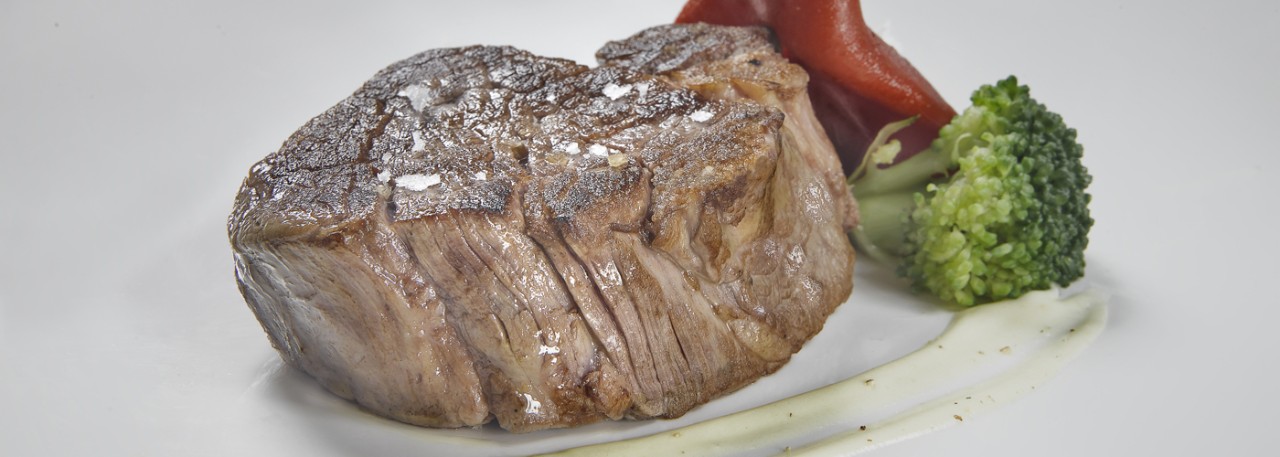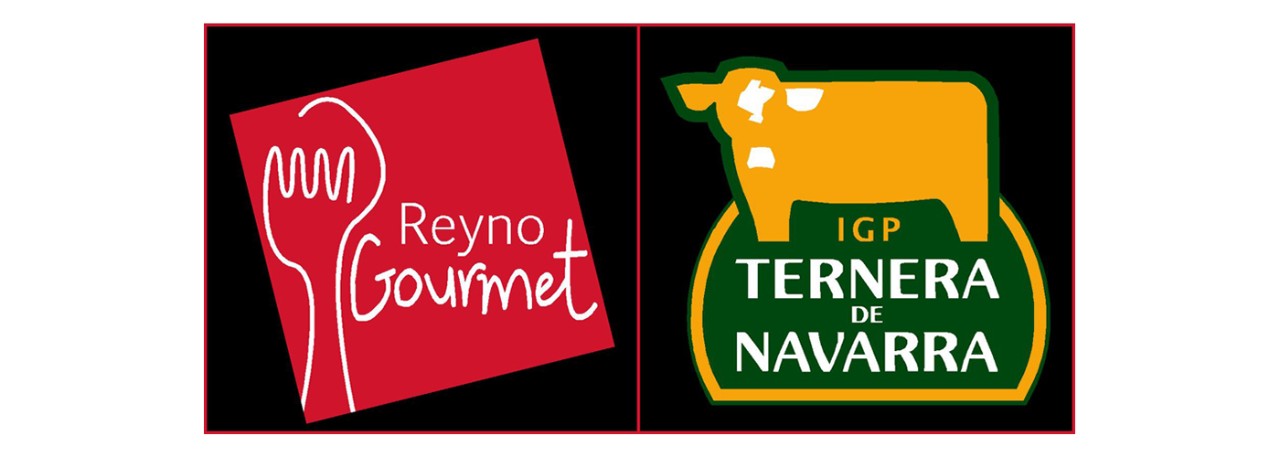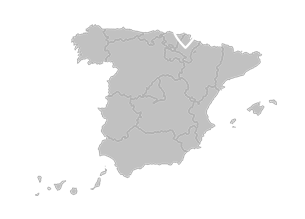.png.transform/rendition-xs/image_image%20(1).png)
Ternera de Navarra PGI
Veal from the Pyrenees, Blonde d’Aquitaine, Swiss Brown, and Charolais breeds and crossbreeds among them, from bull calves and heifers born, reared and slaughtered in Navarre in compliance with all the PGI stipulations.
Other notes
The color of the meat should be between pink, light red or red, and the pH value 24 hours after slaughter must be below six.
Production / Processing method
The calves must be born and reared within the specified area, and rearing must follow the established methods.
The animals suckle until four or six months of age. After this they graze and receive feed in the form of maize, barley, wheat, soya, beans, etc. The feeding method is based on traditional land use in Navarre, varying from district to district and in line with local geographical and sociological factors.
The animals are slaughtered in accredited slaughterhouses in the production area, and the meat is then labeled, stored and matured in authorized packing-houses.
The maturation period is a minimum of seven days, from slaughter to the point of sale.
Geography / Relief and climate
The main morphological characteristic of the area is its gentle landscape although there are also lines of hills and low mountains. The altitude varies between 656 and 1968 ft.
The soils are loamy-clay and loam-clay-sand and, to a lesser extent, loam-sand. They are slightly alkaline, with pH at about seven.
The climate is temperate Mediterranean, with average rainfall of about 1.3 ft. The area is crossed by the Ebro river and its tributaries, the Ega, Arga, Aragón, Leza and Cidacos.
Regulatory Council
Consejo Regulador de la IGP Ternera de Navarra
Avda. Serapio Huici, 22. Edificio Peritos
31610 Villava (Navarra)
Tel: (+34) 948 013 040
cdiazdecerio@intiasa.es
www.terneradenavarra.com
Sources:
- Spanish Ministry of Agriculture
The feeding method is based on traditional land use in Navarre, varying from district to district and in line with local geographical and sociological factors.


- Ternera de Navarra 1
- Ternera de Navarra 2

Villava (Navarre)
